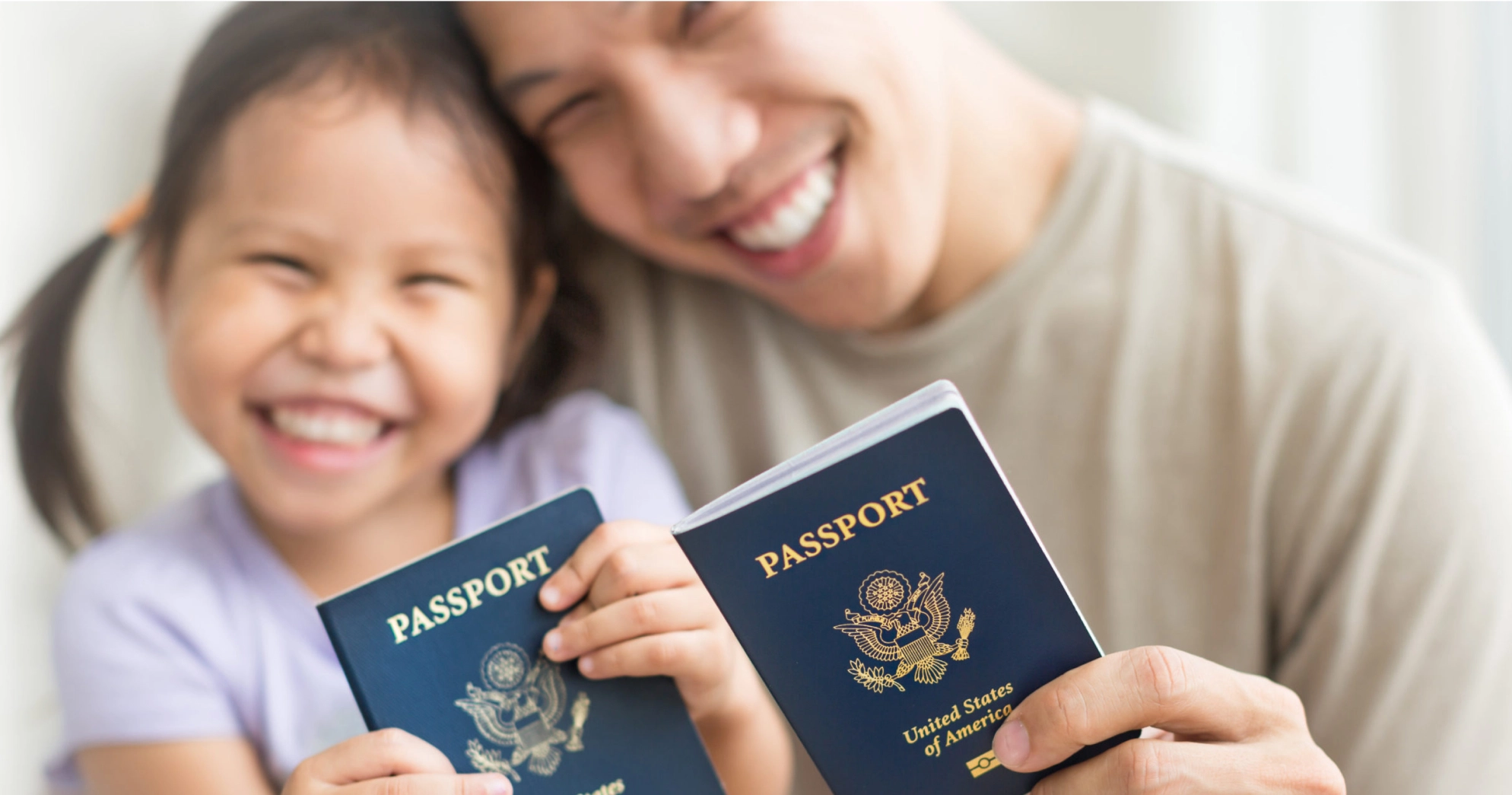Family Visa Types
J-1 Visa ↗
J-1 is a non-immigrant visa granted to visitors to the U.S. to assist visiting scholars who apply for this visa to come to the U.S. to conduct re-education, deliver academic lectures for academic communication, do research projects, and other academic exchange...
F Visa ↗
Preference Immigration Series US immigration law allows certain non-citizens who are immediate family members of US citizens and permanent residents to become lawful permanent residents based on specific family relationships. You can apply for IR visas if you...
US immigration law allows certain non-citizens who are immediate family members of US citizens and permanent residents to become lawful permanent residents based on specific family relationships. You can apply for IR visas if you are the spouse, unmarried children below 21 years of age, or parents of a US citizen; for more specific application information, please refer to our IR special column. If you are an unmarried 21-year-old child of a US citizen, the spouse or an unmarried child below or at 21 years of age of a permanent resident, or a brother or sister of a US citizen, then you can obtain a Green Card by applying for a preference immigrant visa. Unlike IR visas, preference immigrant visas are subject to schedules; each preference immigrant visa case will receive a priority date after Form I-130 has been approved, which is your scheduling time. The USCIS will regularly refresh the schedule (https://travel.state.gov/content/travel/en/legal/visa-law0/visa-bulletin.html). You can continue your next step of application when your preference immigrant visa has been scheduled.
IR Visa ↗
“IR” is the abbreviation of ‘immediate relative’. As the name suggests, the IR Visa is an immigrant visa designed for immediate relatives of a US citizen, divided into five classifications: IR1/IR2/IR3/IR4/IR5, and correspond to the following immediate...
K Visa ↗
The K visa is a series of visa applications based on the residence status of relatives. They are K-1 Fiancé(e) visa, K-2 Dependent of Fiancé(e) visa, and K-3 Spouse visa. Let us introduce these three visa categories to you: K-1 Visa The K-1 Visa is a non-i...
The K-1 Visa is a non-immigrant visa designed for the foreign-citizen fiancé(e) of a US citizen who is outside of the US. Please note that K-1 is a visa service, therefore the application is not only to be submitted to the USCIS, but also to the US Embassy or Consulate in the country where the fiancé(e) resides. The purpose of the K-1 Visa is for the foreign-citizen fiancé(e) to travel to the US and marry their US citizen sponsor within 90 days of arrival; therefore, holders of the K-1 Visa are prohibited from studying or working in the US. After marriage, as the spouse of a US citizen, you may then apply for adjustment of status to a permanent resident (LPR) with USCIS and start a happy and prosperous new life in the US. Due to frequent cases of fake marriage arrangements, USCIS requires the applicants to provide evidence such as photographs and other proof to show that the relationship with the fiancé(e) is genuine, and that the US citizen sponsor and the fiancé(e) must have met in person within the last two years of the submission of visa application (unless it is contrary in the US citizen sponsor’s or foreign-citizen fiancé(e)’s culture to meet before marriage).
After you or your fiancé(e) satisfy the requirements of K-1 Visa, eligible unmarried children of the K-1 Visa holder can then apply for K-2 Visa to come to the US to reunify with the family. Please click on corresponding modules for more specific information on K-2 Visa.
More Similar Content
Testimonials
Alex Tan is the most professional employee who is due diligence to follow up my case at a timely manner. He replies promptly and gave detailed feedback about my case. I highly recommend Alex Tan as your case manager.
- Mariinsky H
I have discontinued writing reviews on Yelp until now. The services I received from Seth Mitchell and his assistants were as successful as it gets. Their group was always kind, courteous, patient and diligent. This type of professionalism is rare in this day and age.
- Richard Allen R.
I was in a car accident and called Law Offices of Scott Warmuth, they took great care of me, always kept me posted along the way. I was really happy with the results. Christina Williams handle my lien reductions and was able to get my liens reduced by more than 50%. If you’re looking for a good PI Law Firm, call Law Offices of Scott Warmuth.
- Cera A.
Best attorney in San Gabriel Valley for sure. Professional and patient services that I got in the worker’s comp. Especially appreciate their case manager Mr. Maurice Lin, Kana ( case file manager ) and my attorney Mr. Eric Ellison. I would recommend this firm to all my family and friends.
- Stella H.
Get a Free Consultation
Call us anytime at 888-517-9888. or fill out the form below to request a free legal consultation!











